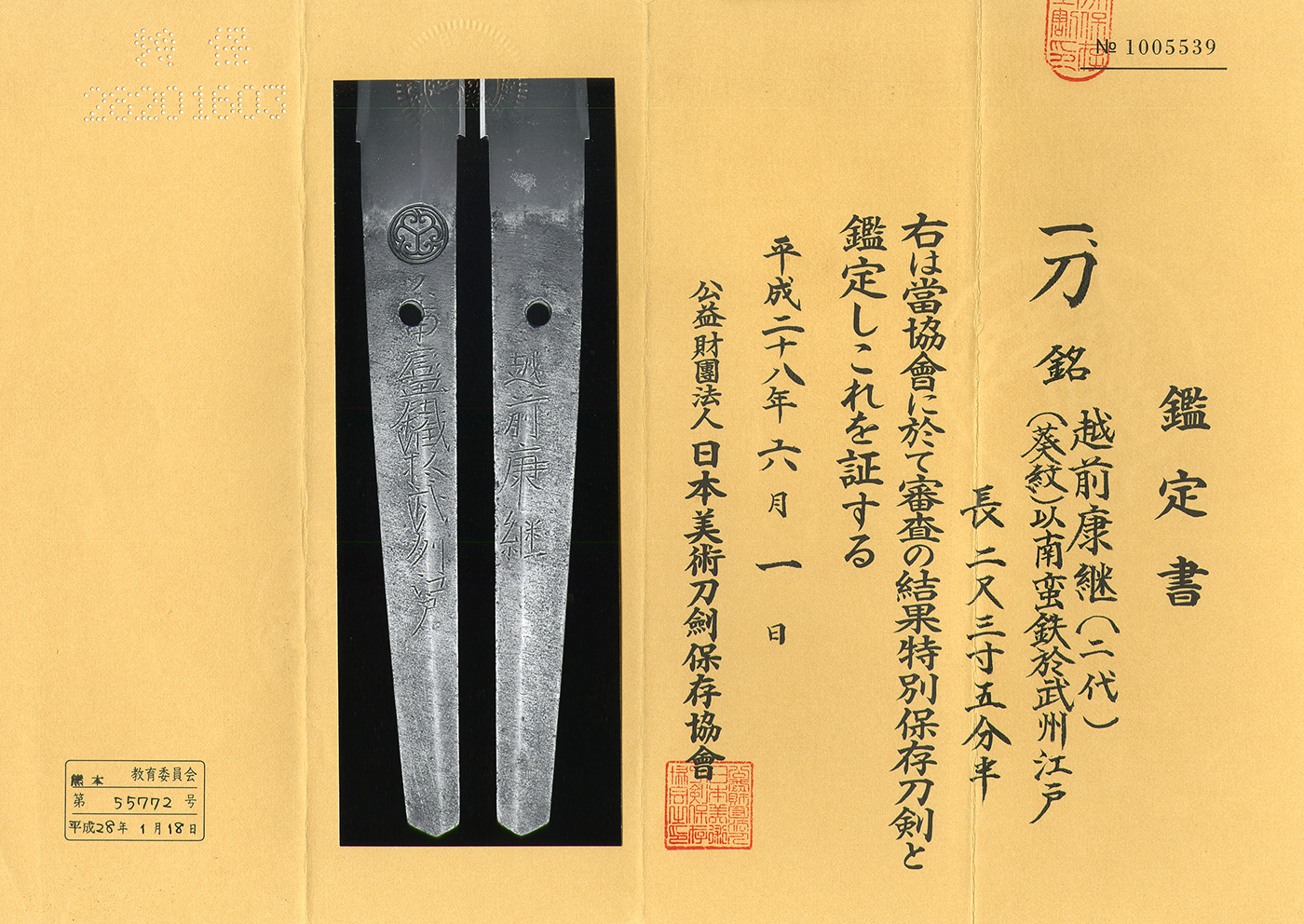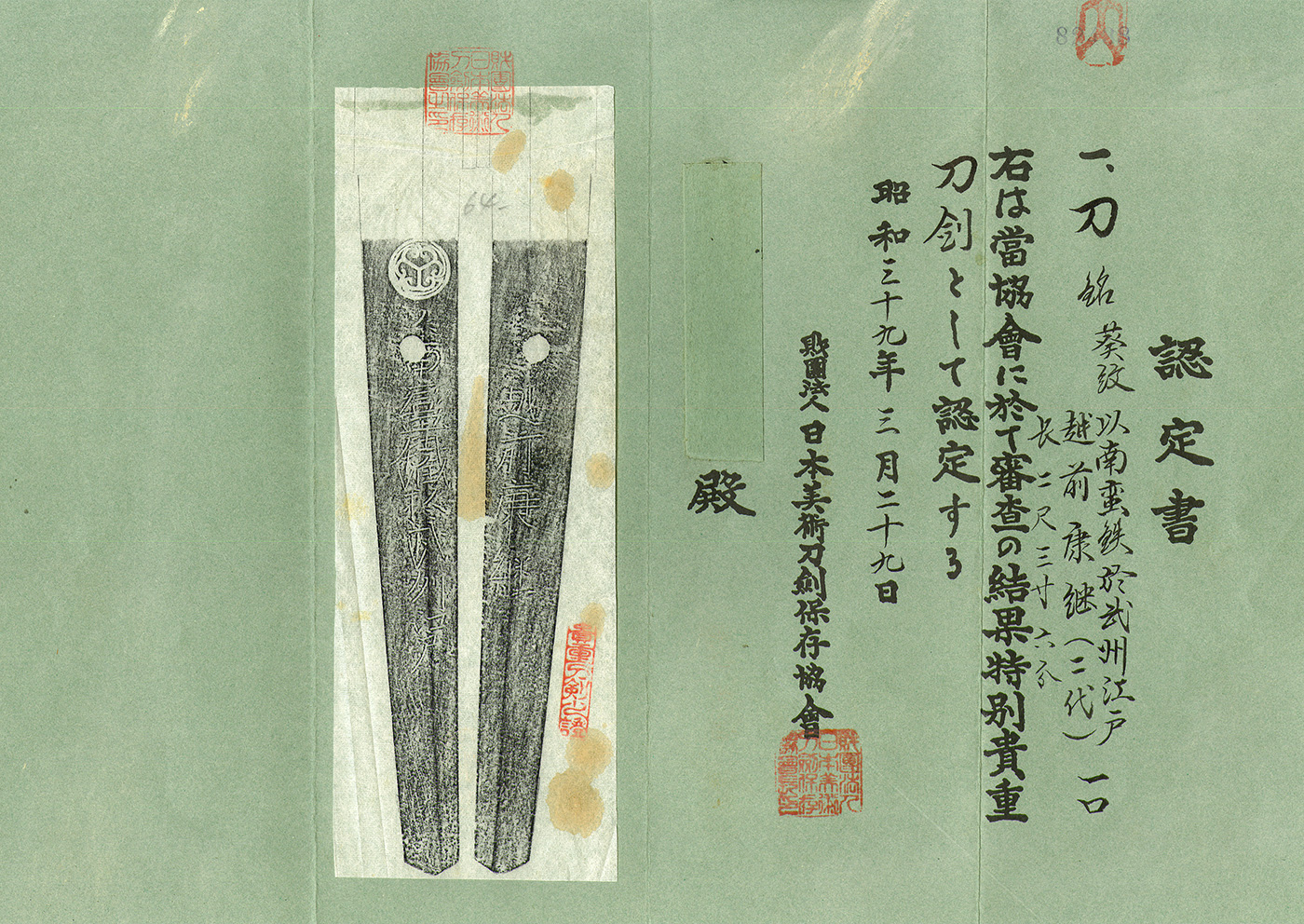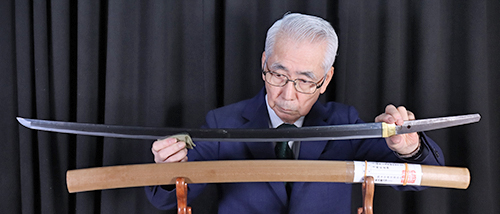Ordering number:24524
Katana in Shirasaya (NBTHK Tokubetsu Hozon Token) (NBTHK Tokubetsu Kicho Token)
Signature: (Aoi Mon) Motte Nanban Tetsu Oite Edo
Echizen Yasutsugu(2nd)
(葵紋)以南蛮鉄於武州江戸
越前康継
Era: Shinto
Sharpness Quality: Ryo Wazamono
Grade: Jyo Saku
Region: Musashi Province
We divide 4 sections for each sword as Saijyo Saku, Jyojyo Saku, Jyo Saku, and Regular Saku.
This work is graded as Jyo Saku for Yasutsugu's craftsmanship.
Habaki: Gold foiled double Habaki.
Blade Length: 71.3 cm (28.07 in)
Curvature: 1.4 cm (0.55 in)
Mekugi Hole(s): 1
Width at Base (Motohaba): 3.02 cm (1.19 in)
Width at Tip (Sakihaba): 1.8 cm (0.71 in)
Thickness (Kasane): 0.67 cm (0.26 in)
Sword Weight: 695 g
Period: Around the Kan'ei era of the Edo period
Shape: The blade exhibits a standard width with a slightly deeper curvature and an extended tip, reflecting a refined style.
Jigane: Small itame grain, well-forged, with a dark, lustrous surface.
Hamon: Made with nie, forming a notare-based midare with active ko-ashi, and the boshi returns in a small circle (ko-maru).
Features: Commonly known as "Ichinojo," the first-generation Yasutsugu was succeeded by his legitimate son, who adopted the monk's name Koyetsu in his later years. He passed away on the 15th day of the second month of Shoho 3. This piece was crafted by the second-generation Yasutsugu in Edo. His swords forged in Edo are often considered superior to those made in Echizen, as he likely benefited from greater access to information and collaboration with other swordsmiths in Edo.
NBTHK Tokubetsu Hozon Token
NBTHK Tokubetsu Kicho Token
Aoi Art Estimation Paper
Whole Oshigata
Price:1,450,000JPY
Order Form
Related Items:
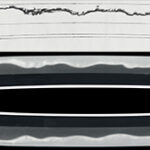 Wakizashi: Motte Nanban Tetsu Echizen Yasutsugu (2nd Generation)(NBTHK Tokubetsu Hozon Token)
Wakizashi: Motte Nanban Tetsu Echizen Yasutsugu (2nd Generation)(NBTHK Tokubetsu Hozon Token)
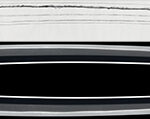 Katana: Echizen Yasutsugu (2nd generation)(NBTHK Tokubetsu Hozon Token)
Katana: Echizen Yasutsugu (2nd generation)(NBTHK Tokubetsu Hozon Token)
 Katana: Echizen Ju Harima Daijo Fujiwara Shigetaka(2nd generation)
Katana: Echizen Ju Harima Daijo Fujiwara Shigetaka(2nd generation)
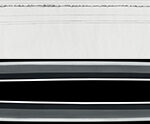 Katana: Naniwa ju Gassan Unryushi Sadakazu Kitae (Kokuin) (NBTHK Tokubetsu Hozon Token) (NBTHK Tokubetsu Kicho Token)
Katana: Naniwa ju Gassan Unryushi Sadakazu Kitae (Kokuin) (NBTHK Tokubetsu Hozon Token) (NBTHK Tokubetsu Kicho Token)
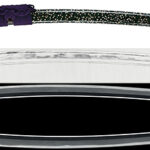 Katana: Mumei(Unsigned) (Echizen Rai)(Tokubetsu Hozon Token)
Katana: Mumei(Unsigned) (Echizen Rai)(Tokubetsu Hozon Token)
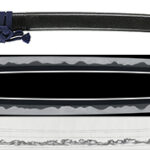 Katana:Hizen Kuni Kawachi Kami Fujiwara Masahiro(2nd Generation)(NBTHK Tokubetsu Hozon Token)(Tsuka: NBTHK Hozon Tosogu, Fuchikashira NBTHK Tokubetsu Kicho Tosogu.)
Katana:Hizen Kuni Kawachi Kami Fujiwara Masahiro(2nd Generation)(NBTHK Tokubetsu Hozon Token)(Tsuka: NBTHK Hozon Tosogu, Fuchikashira NBTHK Tokubetsu Kicho Tosogu.)



